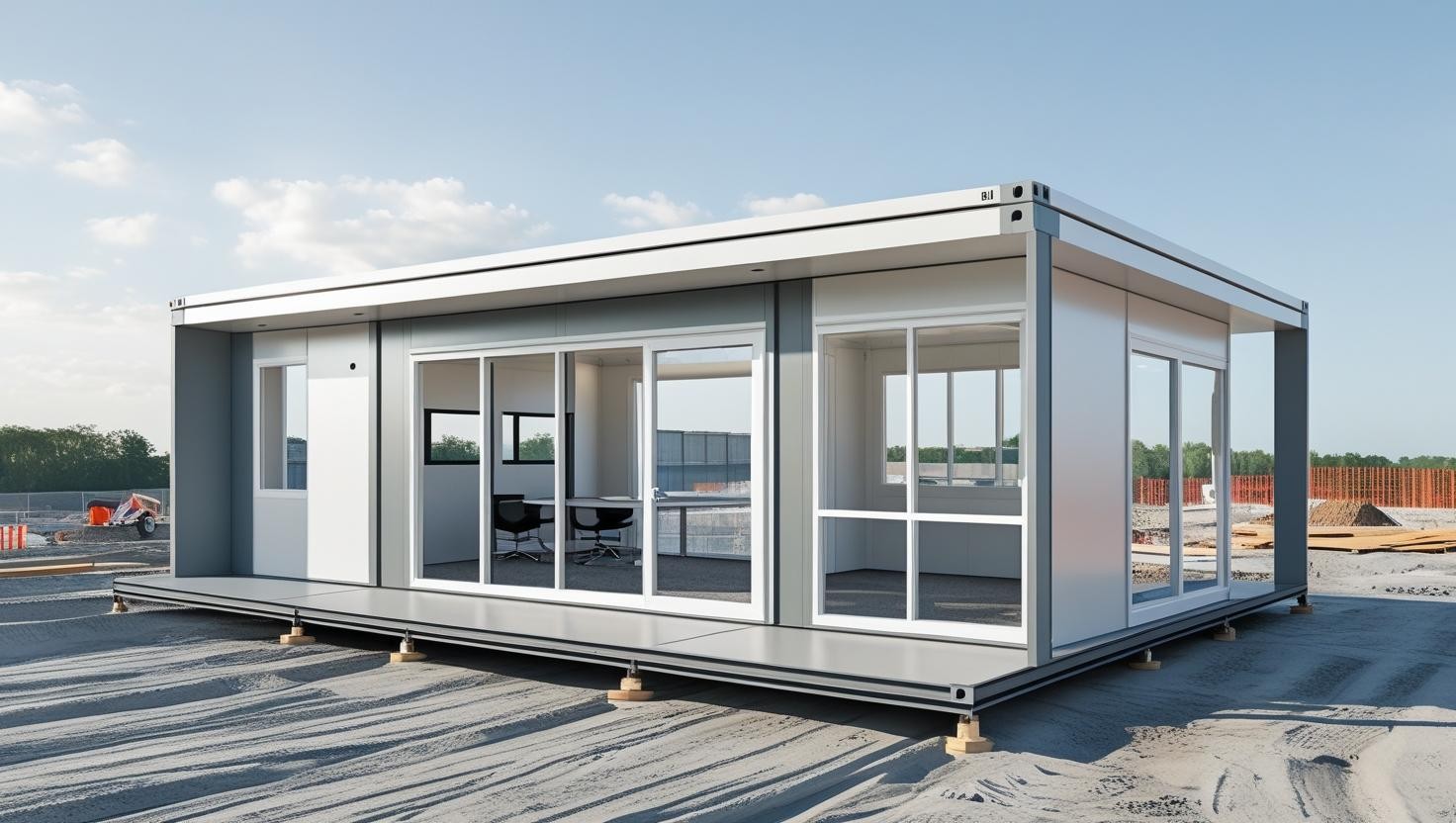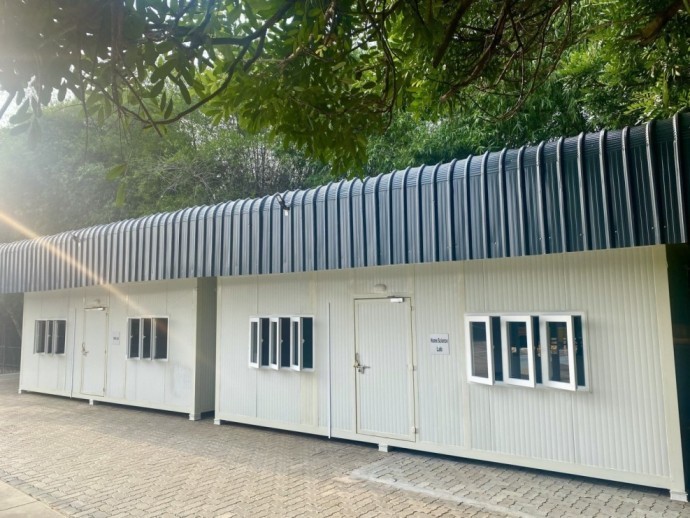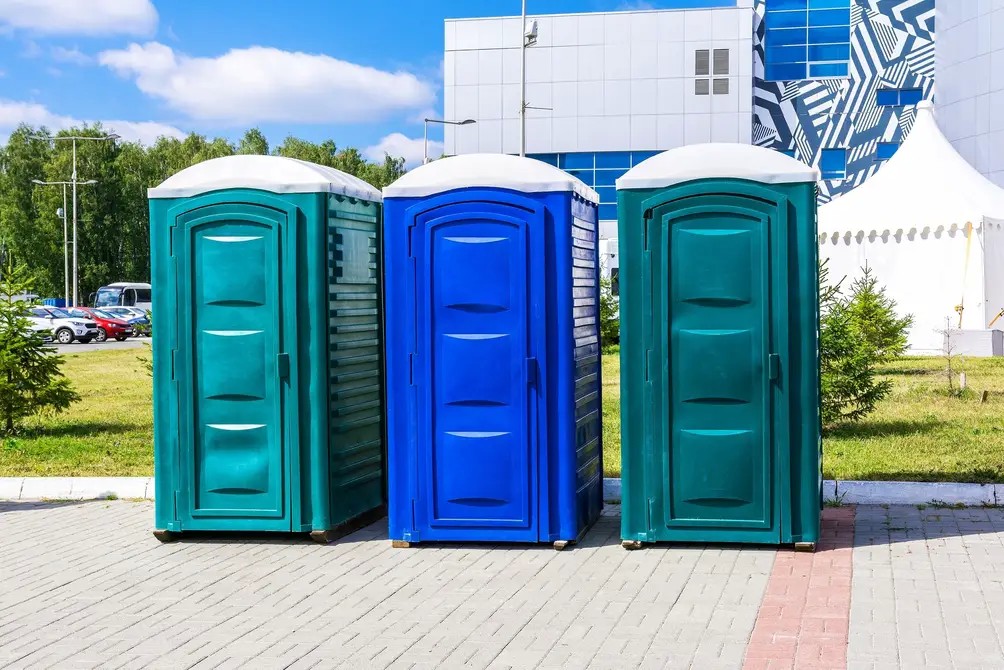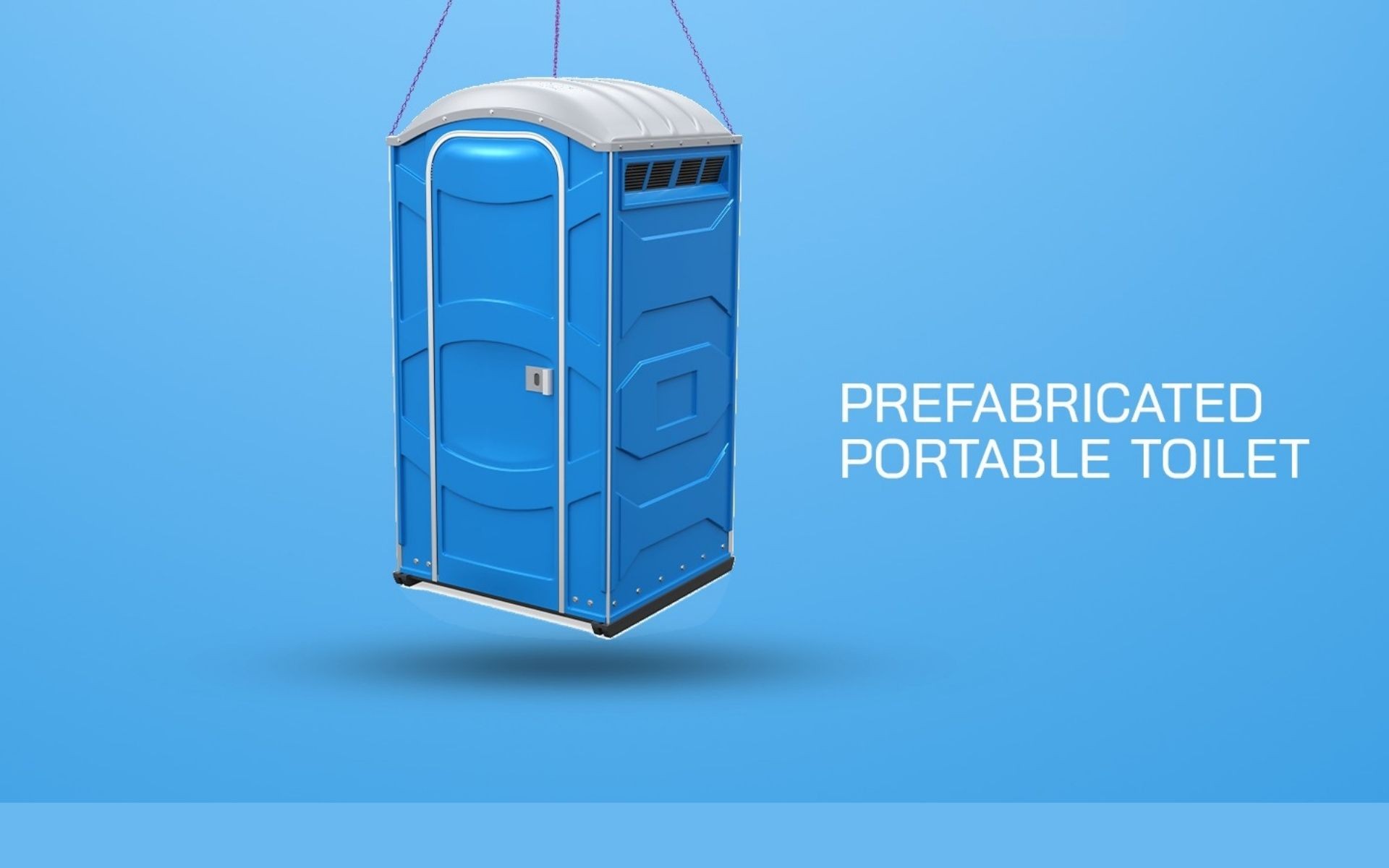Securing Modular and Prefabricated Buildings: Essential Tips

How to Secure Your Modular Buildings And Prefabricated Constructions
One of the greatest features is that modular construction boasts significant time savings over traditional building methods. Manufacturing structural components in a factory setting significantly reduces installation time and simplifies the installation procedure. This strategy not only shortens building deadlines but also assures cost and security throughout the project's lifespan. However, ensuring the security of modular buildings remains paramount, as they are subject to the same concerns as any other structure. In this article, let's delve into how to secure your modular buildings and prefabricated constructions. Here, we outline essential measures to safeguard your modular buildings, addressing key safety and security factors for optimal protection.
Safety Aspects in Modular Building Design:
Here are some key safety factors for modular buildings for optimal protection:
Install Security Cameras:
The installation of security cameras is one of the basic elements of a safe building. This helps in establishing the right location of these cameras which will ensure they provide a wide coverage to various angles from within this building. Placing multiple cameras at key points, including entry and exit points, provides vigilant surveillance. Additionally, it's crucial to monitor areas housing valuable assets within the building.
Install Lighting:
Lighting is a critical element in ensuring the security of modular buildings, especially in areas that are covered by darkness. Pinpointing spaces like corners, parking lots, stairs wells as well as hallways improves visibility that also serves to avoid any possible intruders. Usually, well-lit premises along with surveillance cameras and alarm systems act as a formidable barrier to crime.
Invest in Access Control System:
Many people tend to enter and exit a building daily for various reasons. So installing an access control system will be wise. Any unauthorized individual will not be allowed access to the building. If someone tries to trespass, the system will send an alarm and the security guards will be notified. It will also help to keep a track record of the people who have entered the building, like keeping track of your employees.
Hire Security Guards:
Various electronic systems will surely keep your modular building secure and safe. But there are chances that they might malfunction and may not work. Here, security guards can be an essential line of defence for your modular building. The security guards will keep an eye on the whole premises, even the areas that security cameras may not cover. The security guards will also be attending to the guests before giving them authorization in the building. They will check if the person is a threat or not, and can avoid a bigger problem.
Maintenance and Upkeep of Prefab Buildings:
Maintaining prefab buildings involves a range of tasks, particularly concerning electrical systems. This includes inspecting and testing electrical systems for safety and functionality, and addressing issues like loose connections or frayed wires. Additionally, it entails replacing faulty components and upgrading systems to accommodate changes in usage or equipment. Regular maintenance of electrical equipment, such as generators and UPS, is vital for ensuring reliable power supply during outages. Proper organization and cleaning of equipment rooms prevent hazards like overheating. Documentation upkeep, including wiring diagrams and maintenance schedules, is essential for effective management. Grounding system testing is essential to prevent power surges. In case of power failure, there is adequate emergency lighting and exit signs to ensure safety in all conditions. Finally, periodic checks and repairs of the employment detectors inside structures enable early hazard recognition within this kind of area.
Perimeter Fencing for High-security Protection:
The initial barrier to securing an organization’s premises is the high-security perimeter fencing which must therefore form part of overall security measures. The second aspect is fencing, which goes beyond protecting and influences the first impressions of visitors; this action highlights how vital it is for threat deterrence.
legal requirements is essential, but tailoring solutions to specific needs is equally crucial. Each application demands a unique approach, However, the complexity of perimeter security extends beyond mere physical barriers. Meetingwith high-security protection often necessitating a combination of measures. In parallel to fencing, the solutions may include electric pulses; electronic surveillance systems and CCTV facilities that would cover every spot of intrusions.
Employee Training:
The training of the employed staff on security protocols and procedures is crucial to ensure a safe working environment. Through training, employees learn how to identify and report suspicious activity. Organizations equip their employment base with the ability to serve as keen security guardians. This includes training on recognizing and identifying potential threats such as unauthorized access or abnormal behaviour and enabling employees with knowledge about what to do when faced with an incident like who they should contact and the actions laid out. Further, the implementation of access control procedures makes it possible to limit entry into restricted areas by unauthorized people thus strengthening security operations even more. Employees become proactive in the maintenance of integrity and safety within their workspace, creating a culture that is security-conscious and ready.
Emergency Preparedness:
Emergency preparedness is a cornerstone of ensuring the safety and well-being of occupants within any facility. The creation and continuous updating of emergency action plans will help companies minimise hazard impacts and react to unpredictable circumstances. These plans involve specific step-by-step processes for different situations such as evacuations and lockdowns that provide clear instructions to personnel in the incidence of emergencies. It is important to make sure that all occupants know where the emergency exits and evacuation routes are, enabling rapid and organized evacuation under emergency circumstances. Such practices and training sessions regularly reset these protocols, ensuring that people are well-versed in proper conduct during critical situations. Organisations that adopt proactive emergency preparedness steps can assist decrease the impact of disasters while also protecting their employees and assets.
Conclusion:
Conclusively, prioritizing the implementation of comprehensive security measures is essential for safeguarding your modular buildings and prefabricated constructions effectively under the guidance of how to secure your modular buildings and prefabricated structures. By implementing a comprehensive security strategy that includes measures such as installing security cameras, enhancing lighting, and strengthening access points, organizations can effectively mitigate potential risks and deter threats. Additionally, proactive maintenance and regular employee training on security protocols further enhance the overall security posture of modular buildings.
When considering solutions for how to secure your modular buildings, choosing Pressmach stands out as an ideal choice. With our innovative approach to modular building construction, PressMach not only offers expedited construction timelines but also prioritizes safety and security throughout the process. With Pressmach, businesses can rest assured that their modular buildings are not only built efficiently but also equipped with robust security measures to withstand potential challenges.
Your Requirements
Related
Blogs





















6790c3d8f29a2.jpeg)



























65cf4d38697f9.webp)







65cf65f046eed.webp)






64afe3444467b.jpeg)












 site office front view622f00119ba65.jpg)

6349487807893.jpeg)